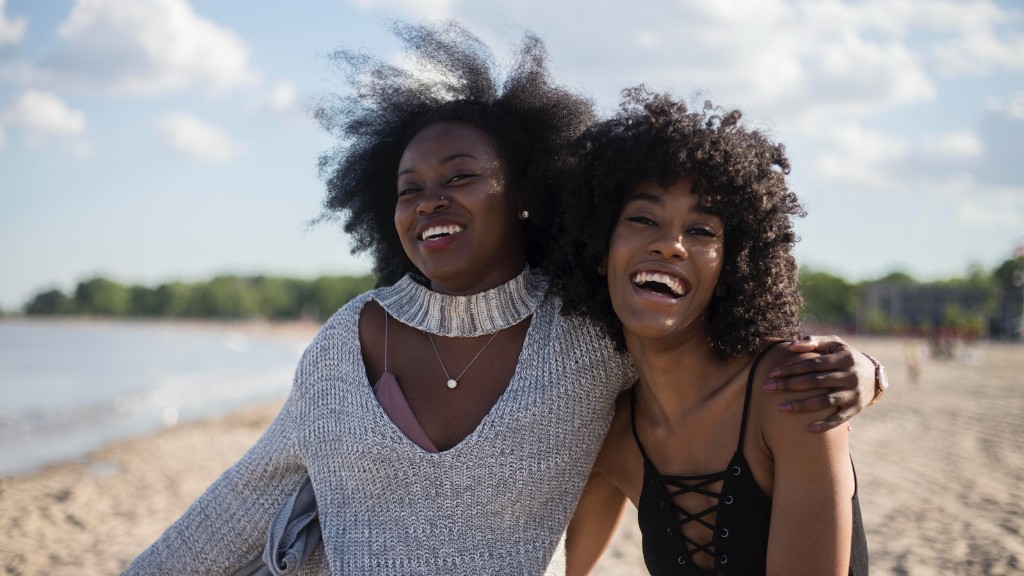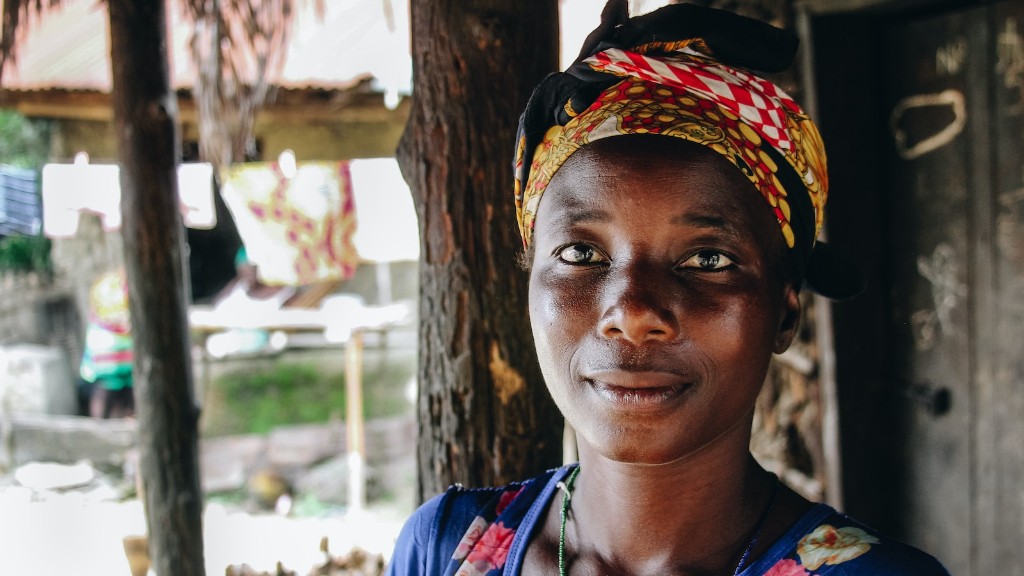What Did Many African Tribes Color Their Hair With?
African tribes have a rich history of cultural practices that involve adorning their hair with vibrant colors. From ancient times to the present day, various tribes across the continent have employed different methods to color their hair, each with its own significance and symbolism.
The use of natural dyes was prevalent among many African tribes. One commonly used dye was henna, derived from the leaves of the Lawsonia inermis plant. Henna, which produced a reddish-brown color, was widely utilized by tribes such as the Fulani, Tuareg, and Hausa. The dye was applied to the hair in intricate patterns, often creating elaborate designs that represented social status, age, or marital status within the tribe.
Indigo, obtained from the processing of the indigofera plant, was another popular choice for hair coloring. Tribes like the Himba, Maasai, and Turkana utilized indigo to achieve shades of blue and black. The deep, vibrant colors symbolized beauty, strength, and cultural identity. The application of indigo was usually accompanied by specific rituals or ceremonies, reinforcing the cultural significance of the practice.
An interesting aspect of African hair coloring is the use of natural clay. Red clay, commonly found in regions such as West Africa, was used to color the hair in various shades of red. In addition to its aesthetic appeal, the application of red clay had practical benefits, such as protecting the hair from the harsh sun and preventing breakage. The Himba and Dogon tribes are among those known for incorporating red clay into their hair coloring practices.
While natural dyes played a significant role in African hair coloring traditions, it is essential to recognize that the choice of color and technique varied across tribes and regions. The diversity of African tribes resulted in a wide array of colors and patterns, each representing unique cultural identities.
The Significance of Hair Coloring
Experts suggest that hair coloring in African tribes was not only a form of adornment but also a means of expressing identity and social status. The colors used often conveyed messages about an individual’s age, marital status, or role within the community. For instance, married women in some tribes would wear distinct hair colors to signal their marital status, while different colors might be reserved for elders or warriors.
Furthermore, hair coloring practices were deeply intertwined with spirituality and ancestral beliefs. Many tribes believed that colored hair facilitated spiritual connections and provided protection against negative energies. Some tribes even attributed specific powers to certain colors, such as the ability to ward off evil spirits or attract good fortune.
Evolution of Hair Coloring Techniques
Over time, hair coloring techniques among African tribes have evolved, influenced by factors such as globalization, Western influence, and urbanization. With the introduction of synthetic dyes, some tribes have incorporated modern techniques while preserving their cultural significance. The availability of a broader range of colors has allowed for more creative expressions of identity and personal style.
Contemporary Cultural Practices
In contemporary African societies, hair coloring remains an integral part of many tribal identities. While some tribes continue to use traditional methods, others have embraced modern alternatives, such as commercial hair dyes. The meaning and symbolism behind hair coloring have also evolved, adapting to the changing social and cultural contexts in which these tribes exist.


